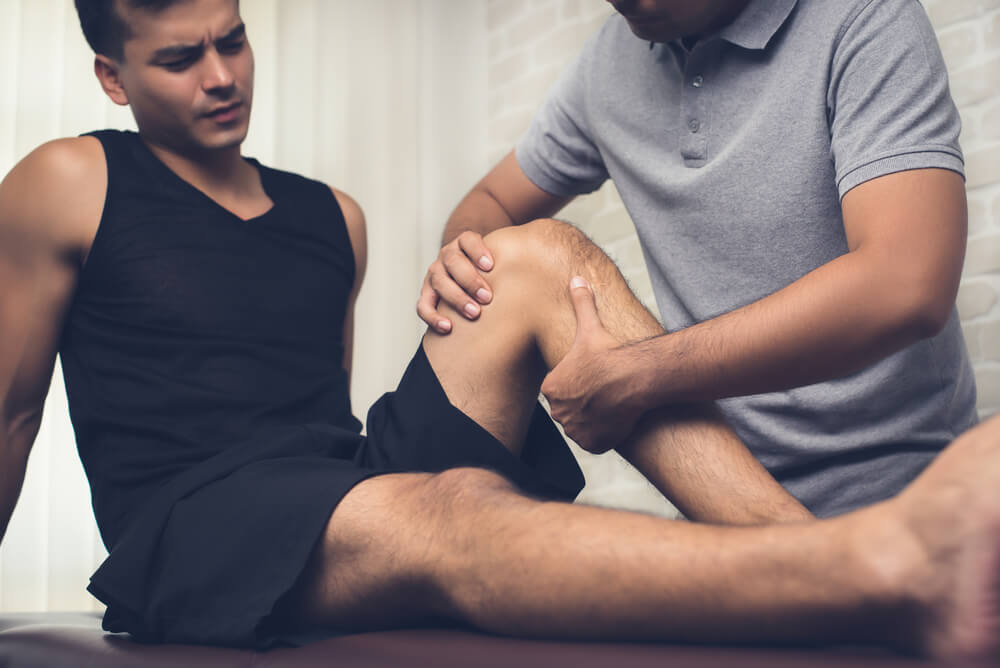Patellofemoral syndrome. Knee osteoarthritis. Anterior cruciate ligament (ACL) injuries. These are just some of the many issues that can cause knee pain.
Unfortunately, there are many Americans who are living with knee pain right now. Researchers report that frequent knee pain affects the mobility and knee function of about 25% of U.S. adults. One treatment option that people should consider using for knee pain is physical therapy, and there are three tips that can help you get the most out of your therapeutic care.
These three tips can help you get the most out of your physical therapy for knee pain
Physical therapy can help you treat a variety of knee pain causes effectively. One reason is because therapy plans are personalized to each patient. Another reason is that physical therapists have many treatment methods at their disposal.
Once you’re working with a physical therapist, there are tips that can help you get the most out of your therapy. Here are three tips to help boost the effectiveness of your physical therapy:
- Rest between sessions — It’s important to move your knee throughout the day when recovering from a knee issue. However, your physical therapist may also caution you to make sure you also rest your knee, too. Resting it gives your body’s natural healing processes the time they need to work.
- Ask your physical therapist questions — People who are very involved in their therapy tend to have better and faster results. Part of staying involved in your care is asking your physical therapist any questions you have. For instance, you should ask questions about the issue causing your knee pain, or you might query your physical therapist about how much to exercise or rest between sessions.
- Follow your physical therapist’s instructions closely — Research reveals that only 35% of people who go to physical therapy fully adhere to their therapy plan. Not closely adhering to the program that your physical therapist develops can have many consequences. It can take longer for your symptoms to decrease. You’re also more likely to reinjure yourself. In addition, you could be more likely to develop long-term issues like osteoarthritis.
Peak Performance offers top-notch physical therapy for knee pain
Ready to commit to knee pain physical therapy? Our therapy specialists at Peak Performance are ready and willing to help you find therapeutic care that fits your needs. We’ll evaluate your knee to learn what’s causing your pain. Then, our specialists will create an individualized physical therapy plan designed to decrease your pain and prevent its recurrence.
Think your knee pain might keep you at home so you’ll miss your in-person sessions? That’s OK! Our team offers virtual therapy appointments that allow you to work with your physical therapist from home.
Contact us today for more information about our knee pain physical therapy services or to schedule an initial appointment.







